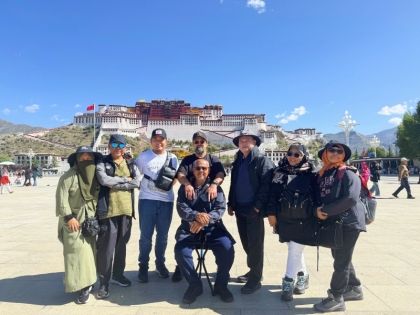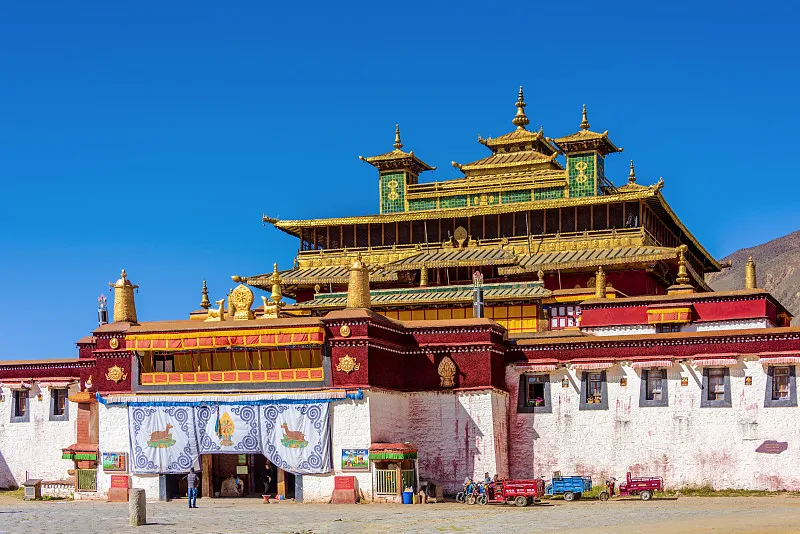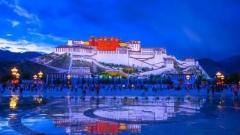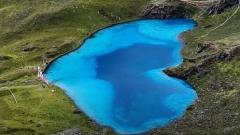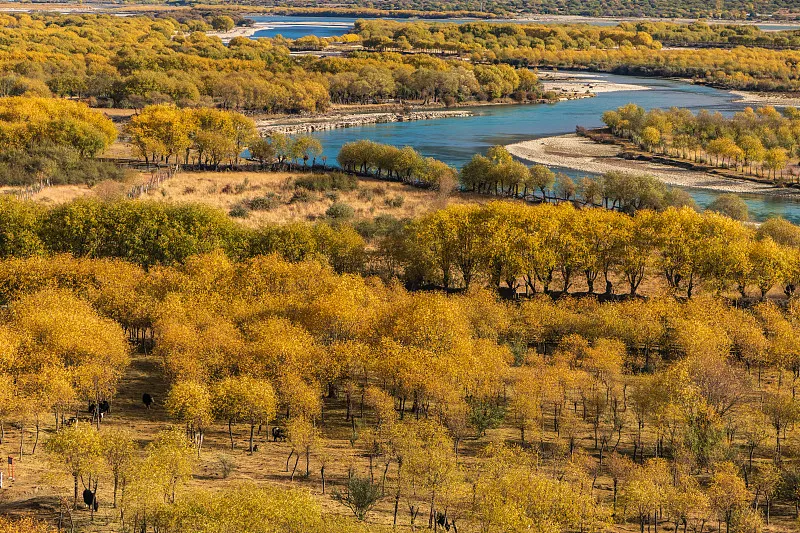The Potala Palace in Lhasa is one of the most iconic landmarks in Tibet and a UNESCO World Heritage Site. Perched on Red Hill, this architectural marvel has stood for centuries as a symbol of Tibetan Buddhism and political power. While millions of visitors come to marvel at its white and red walls each year, few truly understand the deep cultural, historical, and spiritual significance that lies within. This article takes you beyond the tourist crowds, exploring the legacy of the Potala Palace and why it remains a cornerstone of Tibetan identity.
A Brief History of the Potala Palace
The origins of the Potala Palace date back to the 7th century, during the reign of King Songtsen Gampo, who first built a small palace on Red Hill. However, the grand structure we see today was constructed in the 17th century by the Fifth Dalai Lama, serving both as the political headquarters of Tibet and the residence of successive Dalai Lamas. For centuries, the Potala Palace was the center of Tibetan governance, diplomacy, and religious life. Its name, “Potala,” derives from Mount Potalaka in Indian mythology, said to be the dwelling place of the Bodhisattva Avalokiteshvara, further underlining its spiritual significance.
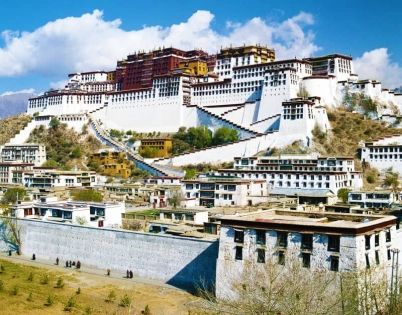
Potala Palace
Architectural Grandeur
Standing over 13 stories high and containing more than 1,000 rooms, the Potala Palace is one of the most impressive architectural achievements in the world. Divided into two sections—the White Palace (administrative quarters) and the Red Palace (religious halls and shrines)—it embodies a harmonious blend of political and spiritual functions. Inside, visitors can find chapels filled with golden stupas, murals depicting Tibetan history, and thousands of sacred scriptures. The structure itself, built with stone and wood on a mountain slope, demonstrates extraordinary Tibetan engineering that has withstood centuries of earthquakes and harsh weather.
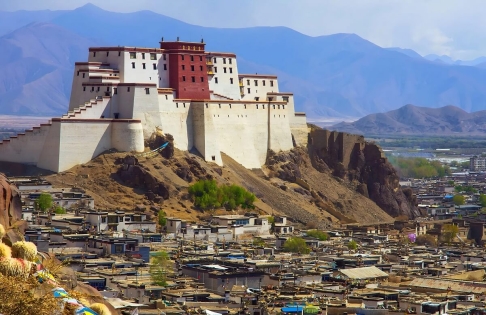
Shigatse
Spiritual and Cultural Significance
The Potala Palace is not only a museum but also a sacred pilgrimage site for Tibetans. Every year, thousands of pilgrims circle the palace on the kora path, spinning prayer wheels and chanting mantras. For Tibetan Buddhists, the palace houses some of the most revered relics and remains of past Dalai Lamas, preserved in gilded stupas. The murals and scriptures reflect Tibet’s religious philosophy, history, and art, making the palace a living repository of Tibetan culture. For local people, it remains a constant reminder of their heritage and spiritual devotion.
Visiting the Potala Palace Today
Travelers visiting Lhasa should not miss the Potala Palace, but it’s important to plan ahead. The site has strict daily visitor limits to protect the fragile interiors, so tickets should be booked in advance. Mornings often bring fewer crowds, giving visitors a quieter experience. Photography is not allowed inside, but the richly decorated chapels and prayer halls are unforgettable to witness firsthand. Outside, the square in front of the palace offers panoramic views, especially stunning at sunrise and sunset when the golden light illuminates the palace walls.

Exploring Beyond the Palace
While most tourists only explore the main halls, those seeking a deeper connection should take time to walk around the palace grounds. The kora path around Red Hill is where pilgrims perform circumambulations, and joining them provides a more authentic cultural experience. Nearby attractions like Jokhang Temple, Norbulingka (the summer palace of the Dalai Lamas), and Barkhor Street offer further insight into Tibetan religion and daily life. By exploring beyond the crowded halls, visitors can appreciate the Potala Palace not only as a monument but also as part of Lhasa’s living spiritual landscape.
Conclusion
The Potala Palace is far more than a tourist attraction—it is a living symbol of Tibet’s history, religion, and cultural resilience. To truly appreciate its legacy, one must look beyond its magnificent façade and explore the deeper layers of spirituality and heritage it represents. For travelers seeking an authentic experience, slowing down, joining the locals on pilgrimage routes, and exploring surrounding cultural sites can transform a simple visit into a meaningful journey.
